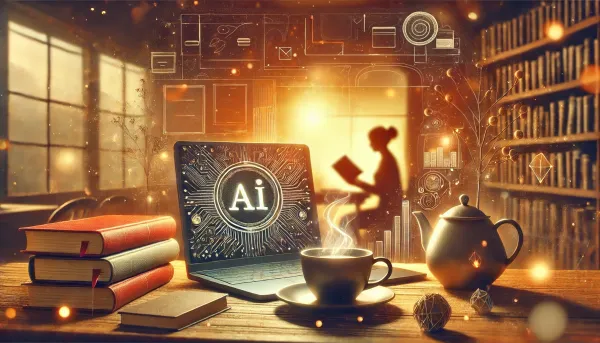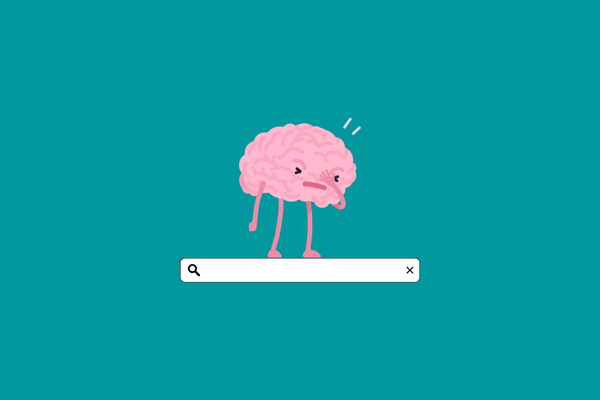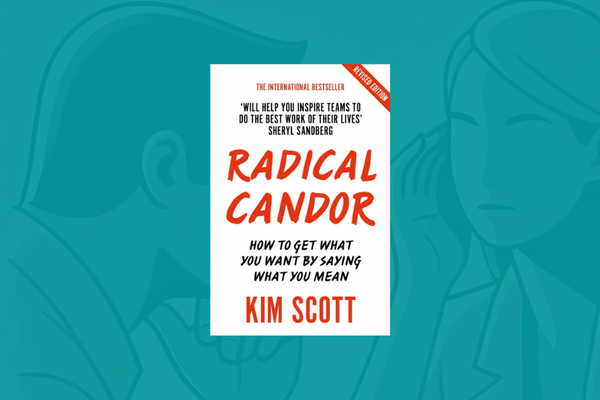Flow State: Definition, Research, and Tips to Achieve Flow
The flow state is experienced when you are so focused on the task in front of you that the rest of the world ceases to exist. As the German philosopher, Nietzsche put it, flow is "the rediscovery of the seriousness of our childhood as we play".
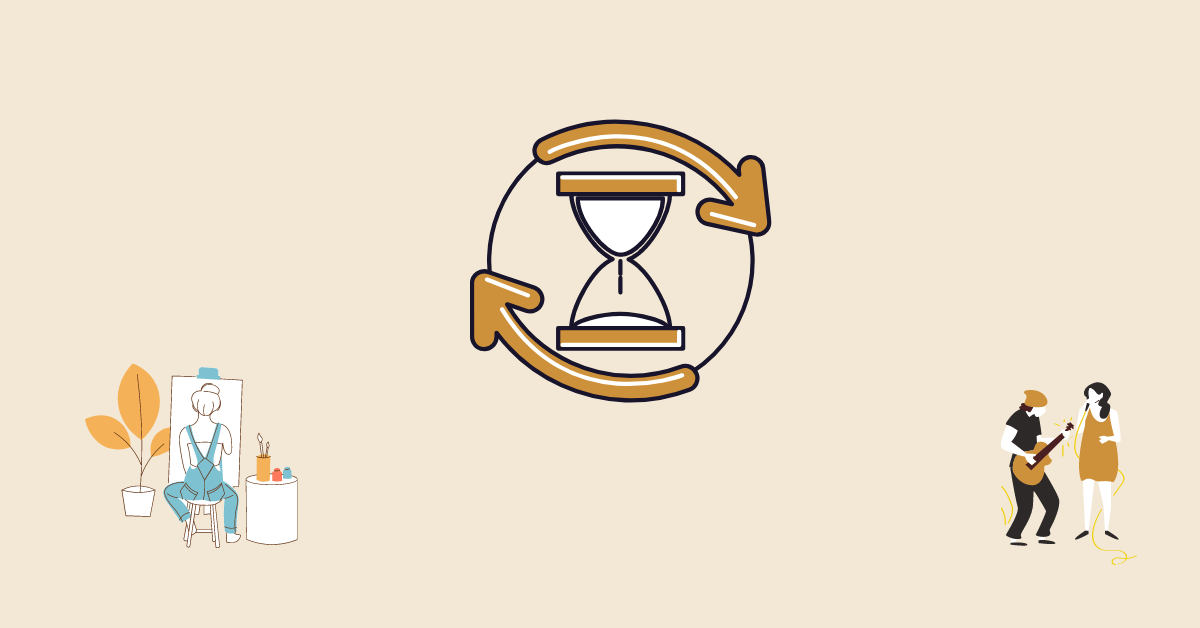
For me, the experience of flow means arrival. In flow, I feel I am where I am supposed to be and doing what I am meant to do. An activity in flow can be writing an article, running, doing a puzzle, or doing the dishes.
The positive experience is not affected by the type of activity, but the skill in the activity is.
According to flow theory, the best moments occur when a person's mind is deliberately pushed to its limit to achieve something difficult and valuable.
You write a complex article, run faster, complete a 10,000-piece puzzle and do the dishes extremely fast.
If you've lost track of time while dancing, playing music, editing a video, or drawing a sketch, I don't need to convince you that the flow experience is a super feeling.
Besides the positive feeling, however, there is another benefit:
Flow helps you reach peak performance.
In whatever field you choose to create something lasting, you will need focused work and years of practice. It is easier to maintain motivation in a positive state than in a convulsive effort.
But achieving a state of flow is not done with a snap of the fingers. In this article, I've compiled the characteristics of the flow experience, deconstructed them, and provided research-based tips for achieving flow.
What is the Flow State?
The flow state is the optimal state of human consciousness. It describes a moment of full experience when we are so focused on the activity that everything else fades away. Time flies. Doubts disappear. And mental and physical performance reaches unprecedented heights.
The concept of the flow experience was coined by a Hungarian-American psychologist, Mihály Csíkszentmihályi. Csíkszentmihályi observed that people engaged in activities that require deep work, such as painting, enter a trance-like state while creating, where they are so absorbed in the experience of creating that they forget about reality.
Mihály Csíkszentmihályi first described the concept of flow experience in 1975. And the results of his scientifically-based study of flow can be useful not only to painters or live performers but also to ordinary people.
It's worth watching Mihály Csíkszentmihályi's TED talk The secret of happiness:
The Components of the Flow State
But how do we know if we are in a flow state?
The components of the flow state can help you identify these moments:
- Timelessness: flow changes the perception of time. Past and future disappear when you enter the now.
- Easiness: action and awareness merge during a flow experience. Your movements become automatic, requiring little or no effort on your part.
- Intrinsic motivation: the purpose of the activity is the activity itself. The work done in the flow state becomes a reward in itself.
- Disappearing sense of self: the inner critic, the voices of doubt, are silenced.
- Control: You feel you have a powerful grip on the situation.
All this is just a short list of the components of the flow experience. We aim to create moments with all the characteristics, using the other components of the flow state to achieve them.
How to Master the Flow State?
Csíkszentmihályi and other researchers in the field have identified several universal properties of the flow experience.
Not only can the steps listed in this article help you get into a flow state, but research and my personal experience have shown that these to-do-list items work most effectively.
The flow experience is mainly facilitated by two things: dopamine and a reduction in cognitive load.
The flow properties target these two areas:
- Curiosity and passion
- Autonomy
- Clear goals
- Total concentration
- Immediate feedback
- Creativity
- Risk
- Complexity
- Deep immersion
- Surprise and unpredictability
- The right balance of challenge and ability
To achieve a state of flow, these characteristics must be reproduced. The tips are also related to these flow triggers.
1. Write yourself into a flow state
Csíkszentmihályi and colleagues initially studied flow experience using self-report questionnaires. Participants in the experiment had to record the circumstances of the experience when experiencing a flow state.
Although the responses were undoubtedly useful to the researchers in understanding flow, they can also be used to learn a lot individually.
By answering the flow questionnaires, we can identify when, where, under what circumstances, and while doing what activity we experienced a flow experience. Because flow activity is individual dependent, it works differently for everyone, but we can get there by drawing on personal experience.
Ask yourself the following questions to learn more about the prerequisites for your flow experience:
- When was the last time you felt in a flow state?
- Where were you? What were you doing?
- What were you doing shortly before the flow experience?
- Which of the above flow components was present? Which ones did you feel most strongly about?
- Which flow triggers do you rely on daily?
- Which flow trait do you invoke when you need to perform better?
We respond differently to different circumstances, we experience flow state in different activities. By answering these questions, you can learn about your own flow needs, which you can then use to get into a flow state at will later on.
2. Create an environment that supports flow state
Building on the general prerequisites for a flow state, you should create an environment that:
- Reduces anxiety and stress
- Reduces cognitive load
- Enables you to focus on clear goals
- Makes it easy to complete the task at hand
What does this mean in practice?
If you want to experience flow at work as often as possible, here are some tips to try:
- Be minimalist with your equipment!
- Remove anything from your environment that doesn't help you get started immediately! (Surely you need the Lego model of the Star Destroyer on your desk?)
- Use noise-canceling head/earphones to eliminate distractions!
- Clean your desk regularly!
3. Curiosity and appropriate goals
Without curiosity, we would never try the sports, instruments, hobbies that eventually become an essential part of our lives and a source of flow experiences.
Activities that you look at with natural curiosity are more likely to become a passion. Once you have something in your life that interests you, you will find a way to connect it with a clear purpose.
It's probably the way most elite athletes have become capable of peak performance and experience frequent flow experiences.
Most of us just start doing something we like.
We invest time and energy in the activity. We enjoy doing it and enjoy getting better at it. After a time, we set goals. Goals that are just one step beyond our abilities. They challenge us, but they don't make us afraid.
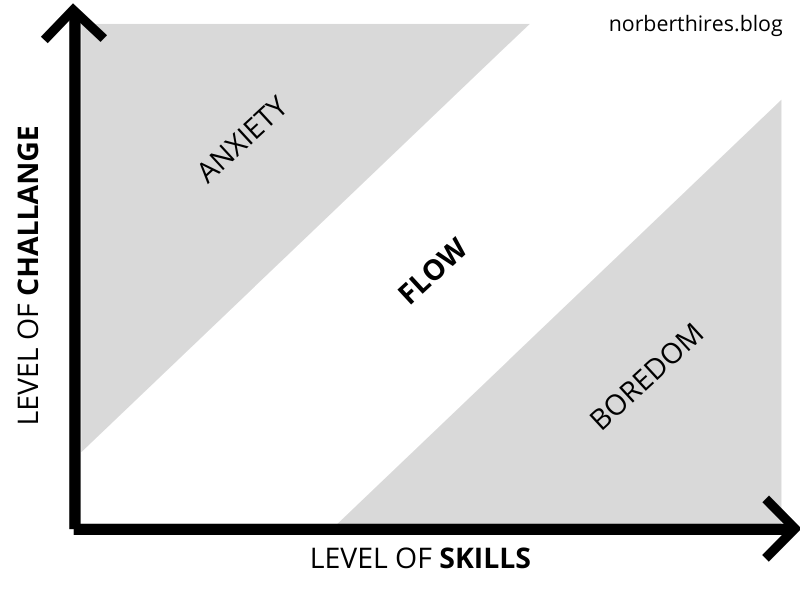
4. Avoid the following:
Some conditions can facilitate the flow experience and some make it hard to get into the flow state. The latter is worth weeding out if you want to get to the state you want:
- Distractions and interruptions. Often the beeping messenger and the ringing postman stand between you and flow. Developing focus can help you achieve flow.
- Fixed mindset. If you are never testing your boundaries then you are less likely to experience flow. The growth mindset can help you achieve flow state as well.
- Boring activities. However, I'm not talking about this boredom, nor am I talking about tasks done through gritted teeth. We are not looking for a flow experience in these duties any way. I am talking about activities that are not interesting for a long time, perhaps done for the sake of others and activities that do not even come close to our abilities. If an activity doesn't get you a little excited, you have little chance of flow.
- Overdoing it. Articles are circulating about flow as a cure for burnout, but it's far from being the case. Flow is also about using our reserves, which will just as likely run dry if we don't rest.

The Flow Cycles
It's worth talking more about burnout and the illusion of continuous flow. However pleasant it may be, you cannot be in a constant state of flow. Like so many phenomena in life, the flow experience follows a cycle.
Herb Benson, a researcher of top managers, has discovered that by controlling stress with simple techniques, known as the 'breakout principle', a manager can increase his or her effectiveness while avoiding burnout.
The flow state is just one element of the cycle. As with the breakout principle, it is important to control the information and workload and to take time to rest after the flow state.
The stages of the flow cycle:
- Struggle: first we need to practice, learn the basics, and overflow our brain with information. For a basketball player, this stage means practicing three-pointers, for a writer it means researching a book, for a musician it means mastering how to read music. It is worth remembering that a pleasant flow experience is preceded by an unpleasant preparation. In the words of Steven Pressfield, we must first overcome the Resistance.
- Release. To experience a flow state you need to replace conscious information processing with unconsciousness. Instead of another hour of practice, go for a walk, take a shower or just stare at the wall in front of you!
- Flow state. The flow requires pinpoint concentration, where your brain redirects its resources from other places.
- Relaxation. Afterward, you need to recharge. If you want to experience deep flow, you need to learn to fight harder and relax more intensely.
The flow experience is one of the few (in my opinion) positive psychological phenomena that we can benefit from in our own lives. In this article, I have only scratched the surface of the flow state. I am not an expert, just an interested person like you who would like to experience a deeper and more frequent flow state.
You can find much more and better tips in the books of Mihály Csíkszentmihályi, who has been researching the phenomenon for decades, or by searching Google Scholar for the latest research.
Books about the Flow State
Some resource and flow book recommendations:
- Mihály Csíkszentmihályi: Flow: The Psychology of Optimal Experience
- Mihály Csíkszentmihályi: Finding Flow: The Psychology Of Engagement With Everyday Life
- Mihály Csíkszentmihályi: Running Flow
- Steven Kotler: The Rise of Superman: Decoding the Science of Ultimate Human Performance
- The experience of the flow state in live music performance
I hope I have succeeded in highlighting the potential of the flow state. It's worth reading further on the subject or trying out the tips I've gathered along the way.

